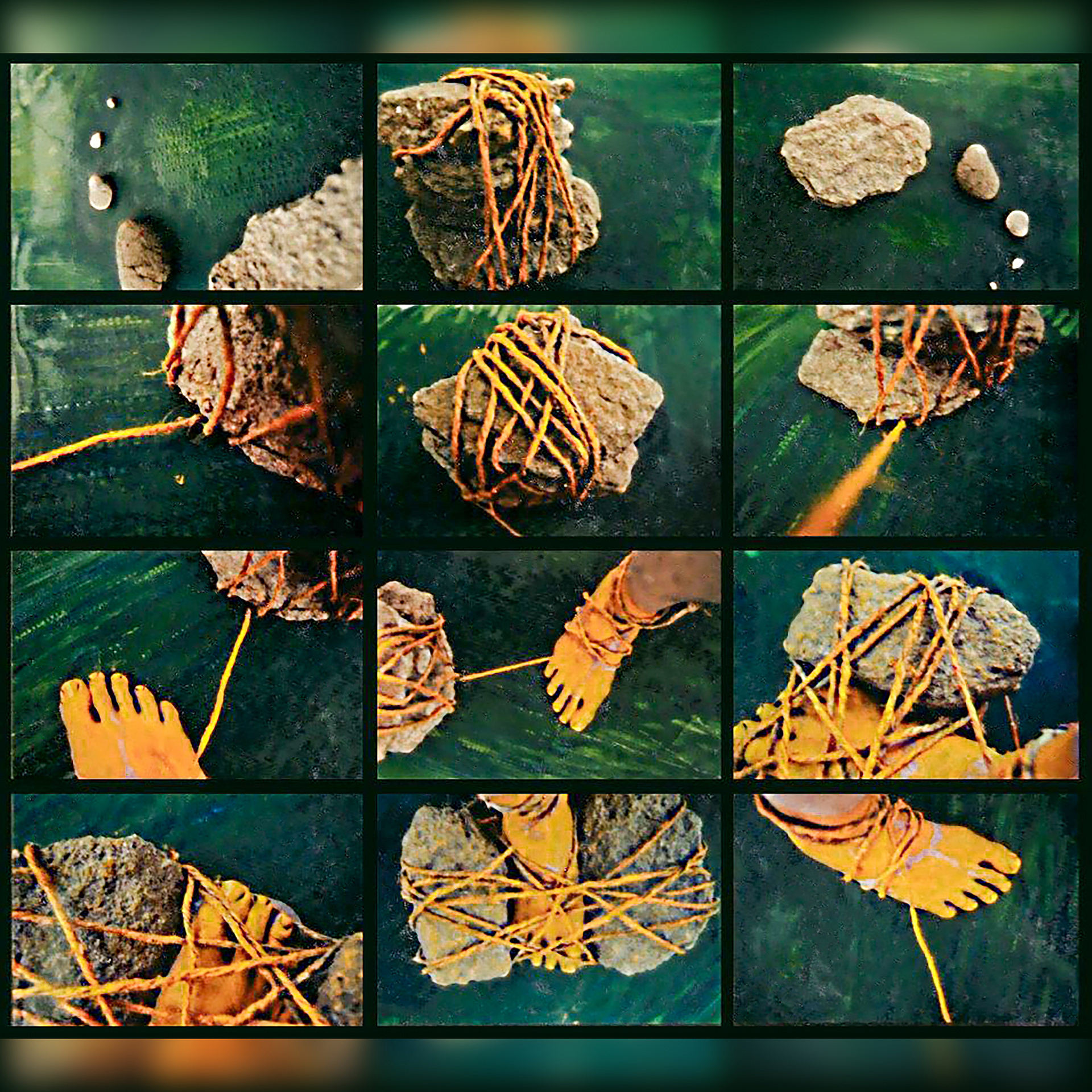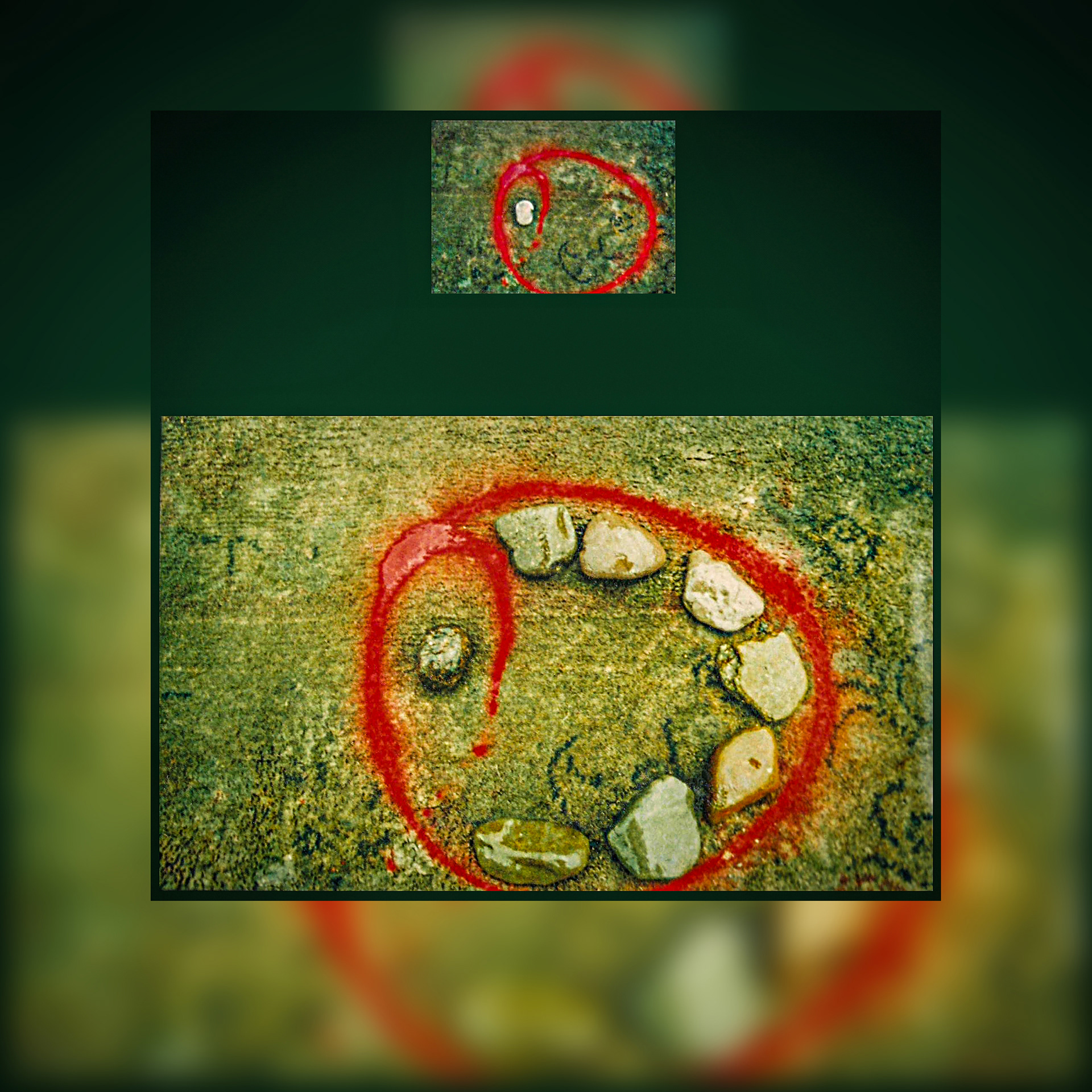In the Beginning, It Was the Stone
(Sfântu Gheorghe, Romania, 2002)
(Sfântu Gheorghe, Romania, 2002)
This work marked a pivotal moment in Nagy’s artistic development and serves as the foundation of his exploration of Land and Nature Art. In the Beginning, It Was the Stone is a series of Happenings and Performance Art pieces that engage directly with the natural environment. Set against the backdrop of the forests, rivers, and stone-covered landscapes of his native Transylvania, this body of work investigates the elemental and eternal qualities of stone as a symbol of endurance, stability, and the passage of time. The performances and installations created in this series are both personal and universal, reflecting on the timeless relationship between human existence and the earth that sustains us.




The works presented in this exhibition represent the final outcomes of a series of actions, happenings, and installations that took place in the natural landscapes of Transylvania. These pieces were first displayed at the Sekler National Museum in Transylvania and subsequently exhibited in a gallery in Budapest, one year later. Originally captured as analog document photographs, these works embody a fine art narrative, chronicling Nagy’s direct engagement with nature. In recent years, the photographs have undergone digital enhancement to refine their quality and bring greater clarity to the intricate details of each piece, while preserving the integrity of the original analog process.











In the Woods
(Sfântu Gheorghe, Romania, 2003)
The dense forests of Covasna County served as both a canvas and a stage for the performances that make up In the Woods. Here, Nagy sought to immerse himself in the landscape, allowing the rhythms and textures of the forest to inform the movements and gestures of the performance. The works, documented through analog photography, captured a fleeting interaction between humans and nature, where the boundaries between body and landscape blurred. By engaging with the trees, streams, and soil of the forest, Nagy aimed to create a dialogue between the physical world and the inner landscape of emotion, memory, and experience. The performances were both a return to a primal state and an exploration of the ways in which the natural world shapes human consciousness.
(Sfântu Gheorghe, Romania, 2003)
The dense forests of Covasna County served as both a canvas and a stage for the performances that make up In the Woods. Here, Nagy sought to immerse himself in the landscape, allowing the rhythms and textures of the forest to inform the movements and gestures of the performance. The works, documented through analog photography, captured a fleeting interaction between humans and nature, where the boundaries between body and landscape blurred. By engaging with the trees, streams, and soil of the forest, Nagy aimed to create a dialogue between the physical world and the inner landscape of emotion, memory, and experience. The performances were both a return to a primal state and an exploration of the ways in which the natural world shapes human consciousness.




